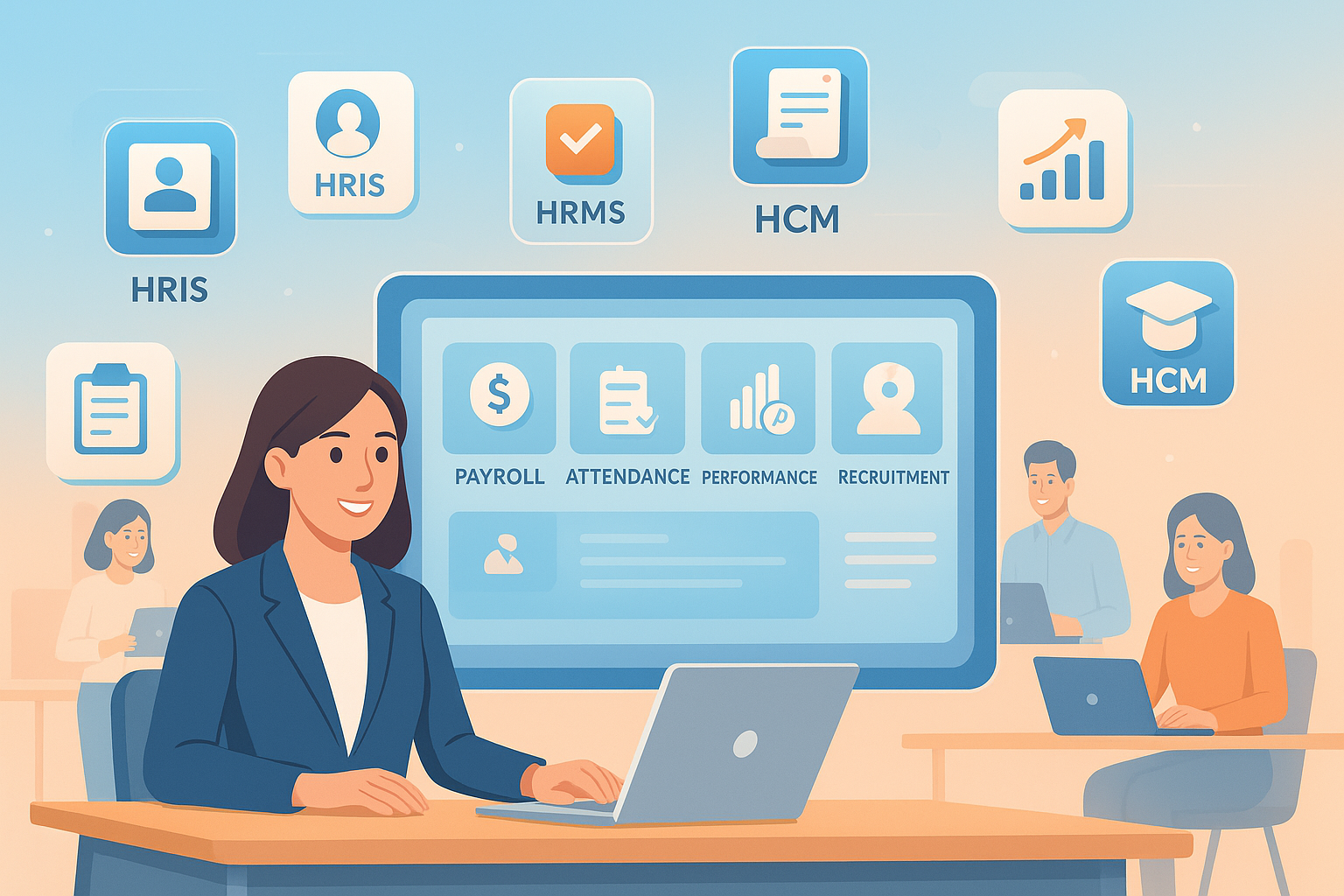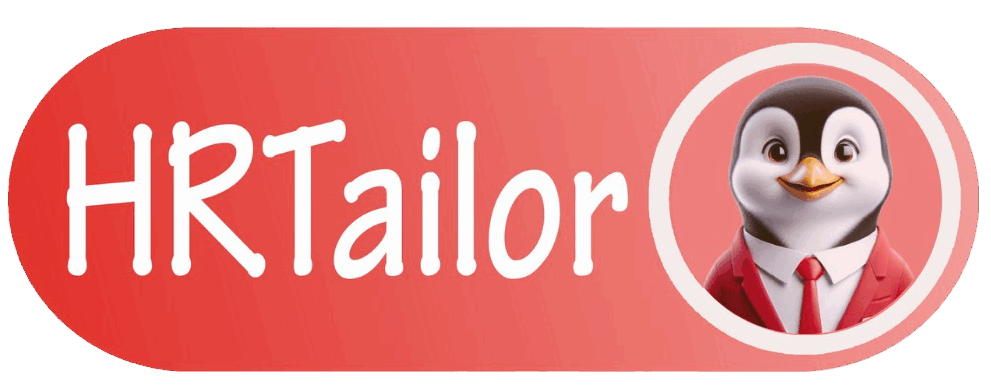
HRMS vs HRIS vs HCM: What’s the Difference?
Many business leaders get confused by the acronyms HRMS, HRIS, and HCM. Choosing the wrong system can lead to wasted time, frustrated employees, and stalled growth. Understanding the differences between these systems is essential to selecting the right HR technology that not only manages processes efficiently but also supports employee satisfaction and strategic business goals.
The right HR system can transform how your company manages employees, automating tedious tasks, providing insights, and empowering both HR teams and staff to focus on growth rather than paperwork.
What is HRIS (Human Resource Information System)?
HRIS is the most basic system. Its primary function is storing and organizing employee data digitally.
Core Features:
Employee personal information
Payroll details
Attendance and leave records
Job history
Why It Matters:
Without an HRIS, HR teams rely on spreadsheets or paper files, which increases the risk of errors and lost data. HRIS brings clarity and reliability.
Mini Story:
A small IT firm used manual records for payroll and attendance. Mistakes were frequent, leading to frustrated employees and overtime for HR staff. After adopting an HRIS, errors vanished, records were secure, and the HR team could focus on engagement rather than admin tasks.
If you’re implementing HRIS for the first time, our HR Setup Guide can help you plan a smooth transition.
What is HRMS (Human Resource Management System)?
HRMS expands on HRIS by adding automation and management capabilities. It’s no longer just record-keeping—it streamlines HR operations.
Key Modules:
Payroll processing and tax management
Recruitment and onboarding
Leave and attendance automation
Performance management
Employee self-service portals
Mini Story:
At a growing startup, HR teams spent hours manually calculating payroll and tracking leave. Implementing an HRMS automated these tasks, reduced mistakes, and allowed HR staff to focus on culture and employee engagement. Employees were happier and processes ran smoothly.
For more on HRMS features and modules, explore our detailed HRMS Guides.
What is HCM (Human Capital Management)?
HCM represents the most advanced HR system, focusing on strategic workforce management rather than just operational tasks.
Key Modules:
Workforce planning
Talent acquisition and retention
Learning and development
Performance and succession planning
HR analytics for informed decision-making
Mini Story:
A global enterprise struggled to retain high-performing employees. Using HCM, they could map career paths, implement learning programs, and identify future leaders, boosting employee engagement and reducing turnover.
Businesses looking to scale and manage talent effectively can learn from our HR Outsourcing Guide.
How to Choose the Right System
Company Size
Small teams: HRIS may be enough
Mid-sized companies: HRMS provides operational efficiency
Large enterprises: HCM supports strategic growth
HR Goals
Administrative tasks: HRIS
Streamlining processes: HRMS
Talent development & workforce planning: HCM
Budget & Resources
HRIS: Lower cost, simple implementation
HRMS: Moderate investment, faster ROI
HCM: Higher investment, strategic impact
Mini Story:
A 150-employee startup initially used HRIS but quickly outgrew it. Upgrading to HRMS saved 20+ hours per week, allowing HR to focus on employee engagement and culture-building.
Choosing the right HR system is about people, process, and growth.
HRIS = Clarity and control for basic HR functions
HRMS = Efficiency, reduced errors, empowered teams
HCM = Strategic advantage, long-term growth, and confident workforce planning
Selecting the right system allows HR to evolve from a back-office function to a key driver of business growth.
Conclusion
Understanding HRIS, HRMS, and HCM helps businesses make informed HR technology decisions. By aligning your choice with company size, HR goals, and growth strategy, you can streamline operations, empower employees, and improve overall efficiency.
At HRTailor, we help businesses implement the right HR solutions to simplify processes, ensure compliance, and enhance employee satisfaction. With the right system, HR is not just managed—it becomes a strategic advantage for your business.
Learn more about HRMS software modules, benefits, and examples

